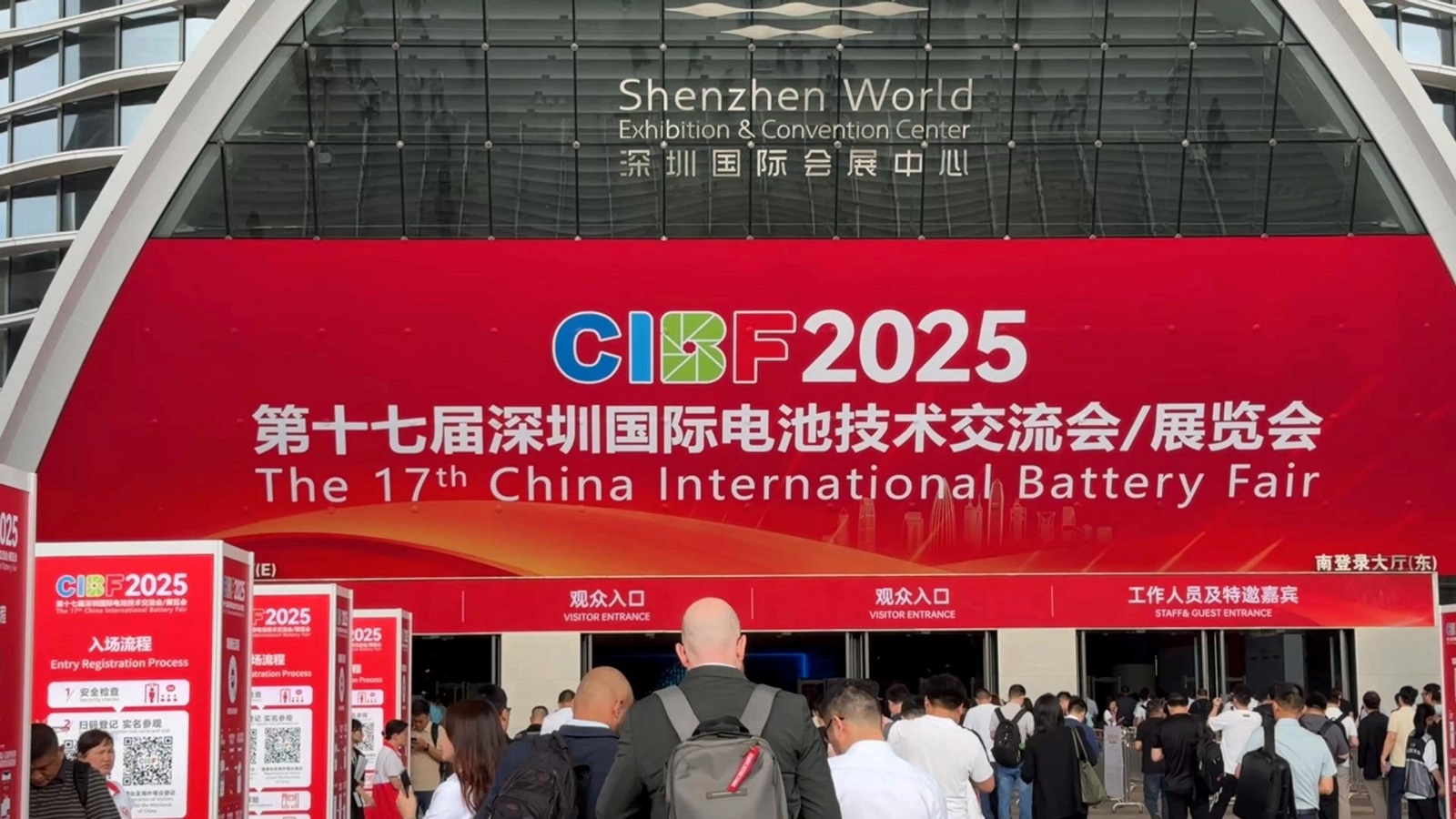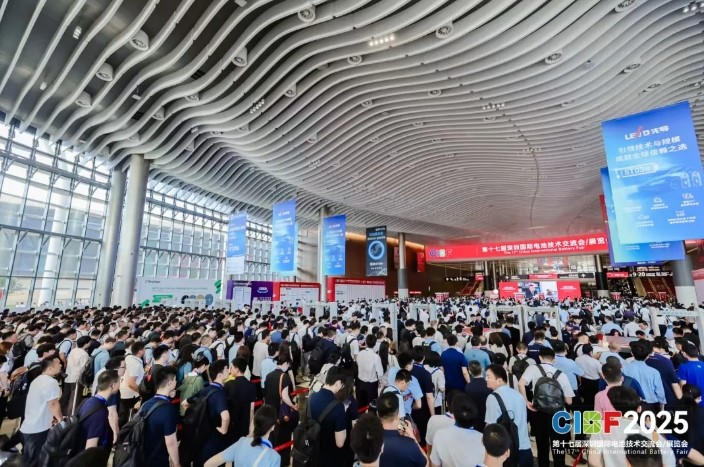
According to the
official release of the "White Paper on the Development of Power Battery
Insulation Technology" at the 17th Shenzhen International Battery
Exhibition (May 15-17, 2025), the application of UV spraying technology in the
field of power battery insulation is making substantial progress. This report
is based on publicly available data from exhibitions and reports from
authoritative institutions, objectively presenting the current state of
technological development.

Market Application Status (Data Source: GGII Lithium Battery Research Institute, Gaogong Industrial Research Institute)
1. Progress of process substitution:
-By 2024, the market penetration rate of UV spraying equipment will reach 41.3%
-It is expected that the penetration rate will increase to 55-60% by 2025
-Progress of process transformation in top enterprises:
CATL: 2024 financial report shows that the proportion of UV spraying equipment for new production lines reached 58.7%
BYD: The 2025 Sustainable Development Report reveals that 72% of production line renovations have been completed
Guoxuan High tech: Technology roadmap shows a completion rate of 39% for renovation in Q1 2025
2. Technical performance comparison (measured data by CIBF2025 Technical Committee):
| Indicators | UV spraying process | Traditional blue film process|
|------------------ |------------------|------------------|
|Production efficiency (PPM) | 45-60 | 5-7|
|First pass rate | 98.2-99.1% | 83-87%|
|Automation level | 100% | 40-60%|
|VOC emissions | 0 | require treatment|
Technical Advantage Analysis (Source: China Power Battery Industry Innovation Alliance)
1. Economic benefits:
-Overall cost reduction of 32-38% (including equipment depreciation)
-Reduce energy consumption by 40-45%
-Reduce labor costs by 60-65%
2. Technical advantages:
-Coating thickness uniformity ± 0.05mm
-Shorten curing time to 3-5 seconds
-Can achieve perfect encapsulation of complex surfaces
Existing technological challenges (CIBF2025 Technology Forum Consensus)
1. Technological difficulties:
-The qualification rate of high reflective surface treatment needs to be improved (currently 89-92%)
-Stability issues in extreme environments (high humidity)
-Long R&D cycle for adaptability of special materials
2. Equipment bottleneck:
-The proportion of imported core components still reaches 35-40%
-The maintenance cost is relatively high (about 1.8 times that of traditional equipment)
-The level of intelligence needs to be improved
Future Development Trends (Source: GGII Forecast)
1. Technical direction:
-Application of digital twin technology (expected to be piloted in 2026)
-Development of AI process optimization system (approved by 3 leading enterprises)
-Improve green manufacturing solutions
2. Market forecast:
-The market size is expected to reach 3.8-4.2 billion yuan by 2025
-Penetration rate is expected to exceed 70% by 2026
-The localization rate of equipment will be increased to 75-80%